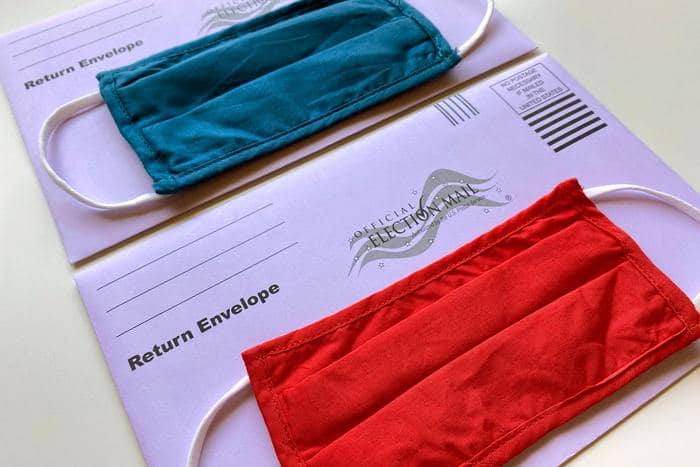The Office of Management and Budget (OMB) reports that total federal expenditures, which have been averaging just over 20% of GDP under a Trump administration, have not increased compared to the last few years of the Obama administration. Yet, Moody’s Progressive Policy Institute projects that Biden’s economic proposals would raise this ratio to just over 23%. The OMB data reveals that this would match the increase that was instituted by the Obama administration. (However, it is far less than the 15% to 20% increases proposed by candidates Warren and Sanders.)
Analysts at the Economist magazine estimate that over half of the increase in federal outlays needed to implement Biden’s proposals would add to the nation’s federal deficit, while the remainder would be covered by his proposed increases in federal taxes. Adding to the national debt is a growing concern on both sides of the political aisle when the Congressional Budget Office reports that the Covid-19 pandemic has driven the total U.S. public debt higher than annual GDP for the first time since WWII.
Specifically, Biden’s plan for raising federal tax revenues will require higher corporate income taxes, reversing the 2017 Trump tax cuts. The OMB notes that the 2017 Tax Cuts and Jobs Act cut the top corporate tax rate from 35% down to 21%. This decreased the share of total federal tax burden collected through corporations in half, from just under 11% in 2015 to just over 5% in 2018. However, a report by the Congressional Research Service found that while corporate profitability increased modestly, the 2017 act produced no significant growth in GDP or in the real wages of American workers. This implies that the reversal may not have the detrimental impact on the U.S. economy that critics fear.
Biden has long championed the economic interests of the middle class. According to the Penn Wharton Budget Model, total annual income received by the richest 1% of Americans would fall by 14% under Biden’s new tax plan. The Internal Revenue Service (IRS) reports reveal that this would decrease their share of the nation’s income from 21% to 18%. To place this into context, annual IRS data from 2017 indicate that the richest 1% of Americans, or those earning over a half million dollars annually, paid just under 40% of the total federal tax burden.
In other words, the richest 1% of Americans currently bear a federal income tax burden share that is twice their share of total national income. The bottom half of earners received 11% of total national income and paid just over 3% of the total federal tax burden. Indeed, IRS reports that in 2017, the richest 1% faced an average income tax rate of 27% of their adjusted gross income. This is nearly seven times average income tax rate of 4% borne by the poorest half of all Americans.
Understanding how American income shares and tax burdens are distributed, as well as how they can be expected to change under the proposals of a prospective Presidential administration, can help us all make more informed decisions at the voting booth.

